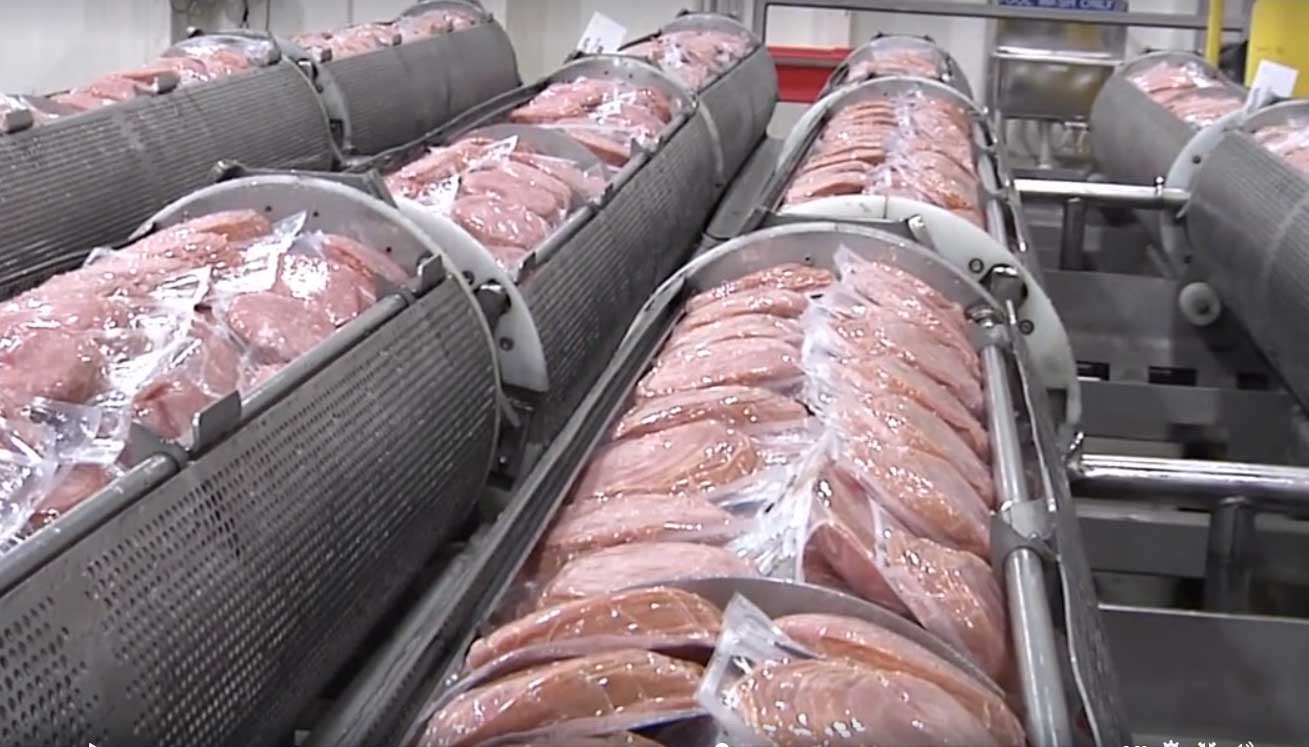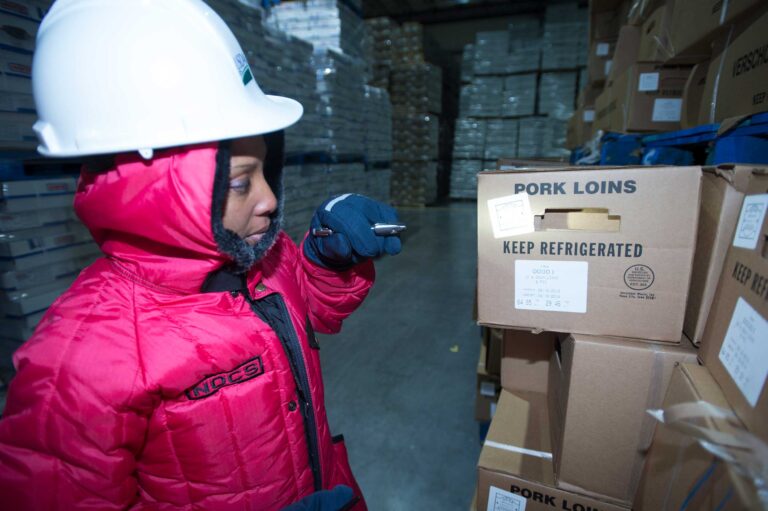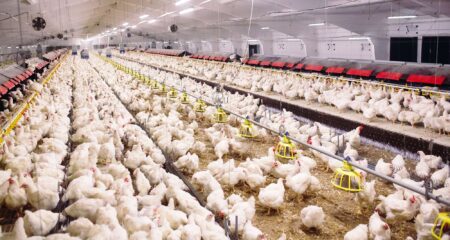U.S. Secretary of Agriculture Brooke Rollins announced a new plan to strengthen the U.S. Department of Agriculture’s response to foodborne illness during the opening of the department’s updated Midwestern Food Safety Laboratory.
The department says that the plan aims to improve the effectiveness of the Food Safety and Inspection Service, which oversees the safety and labeling of meat, poultry, and egg products. FSIS will continue coordinating with the U.S. Food and Drug Administration and the Centers for Disease Control and Prevention to support a safer food supply chain.
“President Trump is committed to ensuring American consumers have the safest, most abundant, and affordable food supply in the world. When it comes to food safety, USDA is charting a bold new course in giving consumers confidence their meat, poultry, and egg products meet our best-in-class food safety standards,” Rollins said. “I look forward to continued collaboration across the Trump administration, with states, and with food producers from farm to table, to reduce foodborne illness and protect public health.”

USDA Food Safety Plan
1. Improving microbiological testing and oversight
The USDA’s Food Safety and Inspection Service is advancing its Listeria testing capabilities to detect a wider range of species and provide faster results to food producers. These updates are designed to help identify conditions in ready-to-eat food production facilities where Listeria monocytogenes may thrive, enabling both industry and regulators to address sanitation issues more effectively.
In 2025, the FSIS tested over 23,000 samples for Listeria — a 200 percent increase compared to 2024. To support this expanded testing, FSIS opened a new laboratory in Normandy, Missouri. The 70,000-square-foot facility replaces the previous lab in St. Louis and will focus on analyzing samples for pathogens and chemical residues, while also contributing to broader laboratory system improvements.
The FSIS is also increasing the number of on-site Food Safety Assessments, with an emphasis on RTE meat and poultry facilities. In the first part of 2025, 440 FSAs were completed — a 52 percent increase from the same period in 2024.
2. Upgrading inspector tools and training
To improve monitoring in RTE facilities, the FSIS introduced a weekly questionnaire for inspectors to track risk factors related to Listeria monocytogenes. The tool has generated more than 840,000 data points across roughly 53,000 submissions, offering a broader understanding of potential food safety issues.
Additionally, the FSIS has updated its guidance and training for inspectors to help them identify systemic failures in food safety systems, not just isolated incidents. Since January, over 5,200 inspectors have completed revised training specific to FSIS’s Listeria regulations, reinforcing compliance standards and verification practices.
3. Developing a revised approach for salmonella detection
The FSIS is reevaluating its strategy for controlling Salmonella in poultry following the withdrawal of the previous administration’s proposed framework, which faced concerns about its regulatory and economic impact on small producers. The agency is now planning stakeholder listening sessions to inform a revised approach aimed at improving food safety while maintaining practicality for producers.
4. Enhancing state collaboration
In 2025, the USDA allocated an additional $14.5 million to reimburse states for costs related to their meat and poultry inspection programs. This funding supports over 1,500 small and very small processors that depend on state-level inspections. A Memorandum of Understanding signed with the National Association of State Departments of Agriculture also aims to strengthen coordination between federal and state programs.
The FSIS has signed updated cooperative agreements with all 29 states operating their own meat and poultry programs. These agreements standardize oversight expectations, improve training, and reinforce coordination with FSIS. The agency also completed in-person reviews at 77 percent of Talmadge-Aiken establishments — 320 of 414 facilities — in the first half of 2025.
5. Strengthening enforcement and follow up
The FSIS has increased its enforcement activities to address recurring food safety violations. In 2025, the agency took 103 enforcement actions — a 36 percent increase from the same time in 2024. The FSIS field supervisors are also conducting in-person follow-up visits when systemic issues are found during FSAs, ensuring that facilities implement corrective measures and comply with regulatory requirements.


:max_bytes(150000):strip_icc()/IMG_7936-c12c642ad0064146a4aecfc1a60502a3.jpeg)
:max_bytes(150000):strip_icc()/HTTJohnDeeretractorwithtillage_preview-6e8cfa3643f043efb29085bd78d76c98.jpg)
:max_bytes(150000):strip_icc()/Canadian20flag48553671412_aeb0538794_c-0bfa123de2b54e30ab4fadecae382d4a.jpg)





:max_bytes(150000):strip_icc()/WheatField-CloseUp-2000-bc79406da4004a2d94bcb2c32153cc3a.jpg)